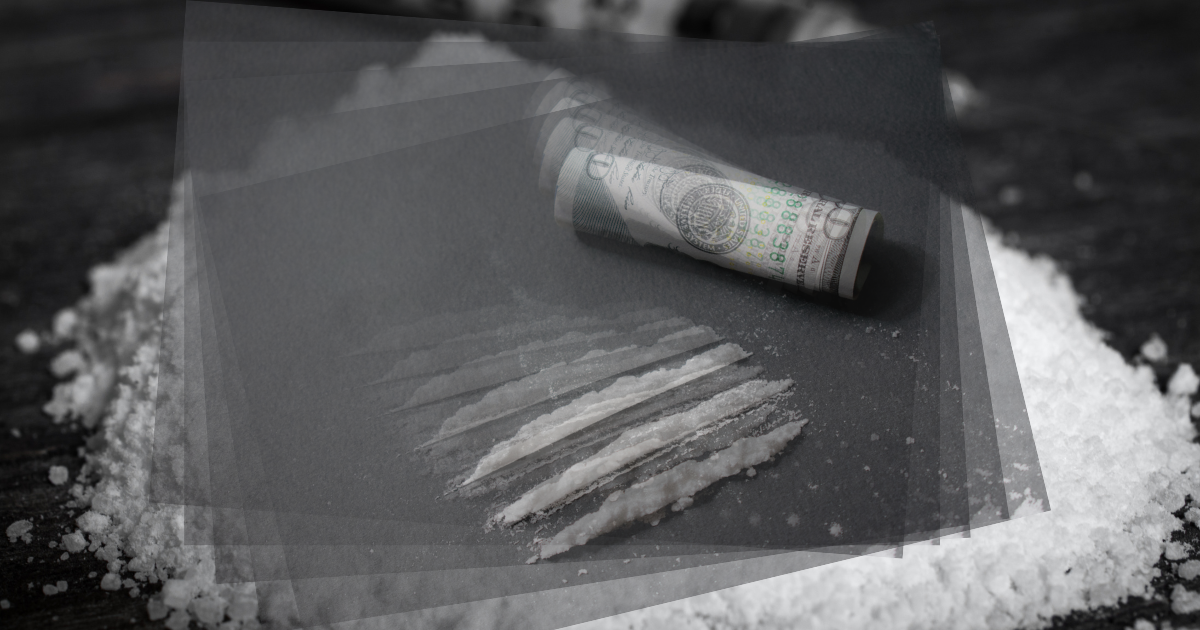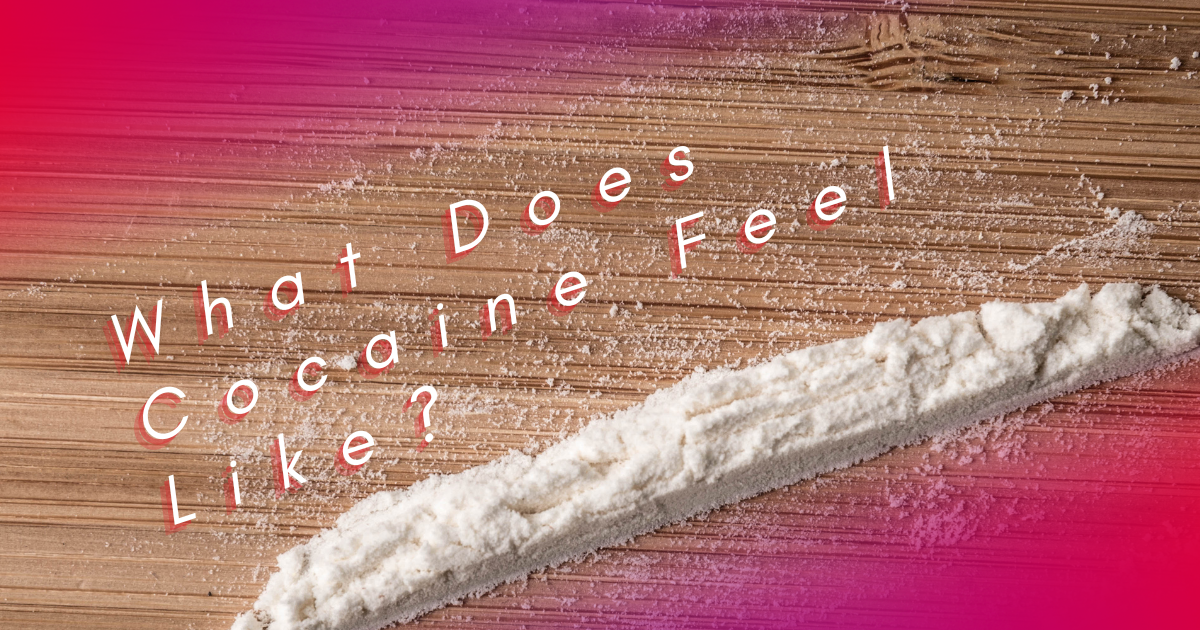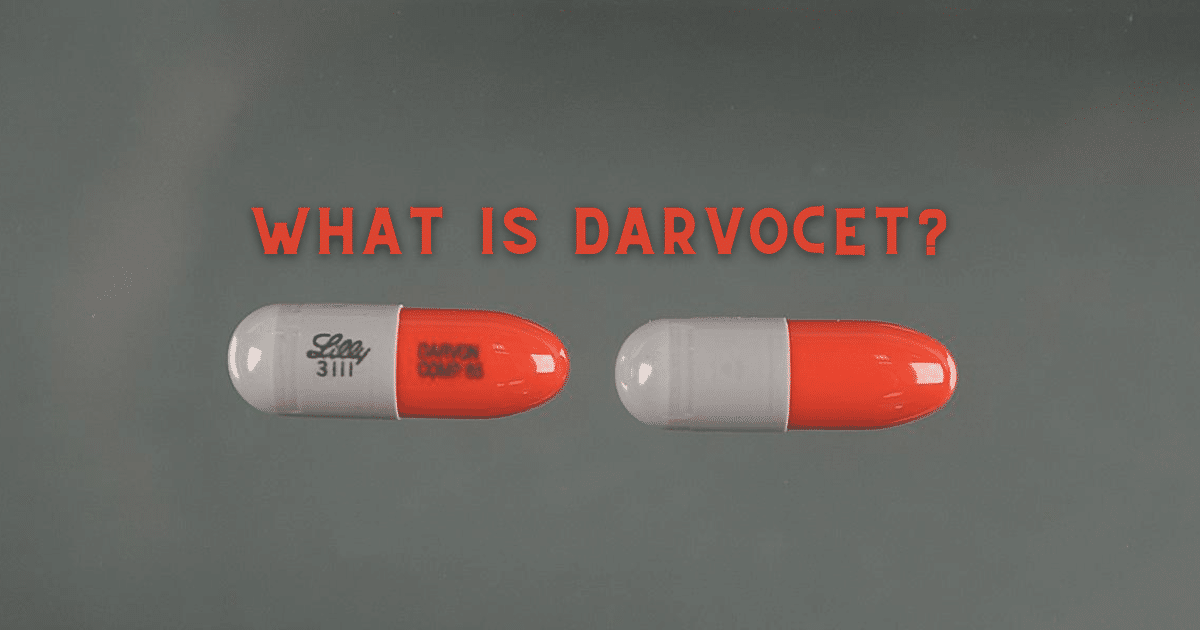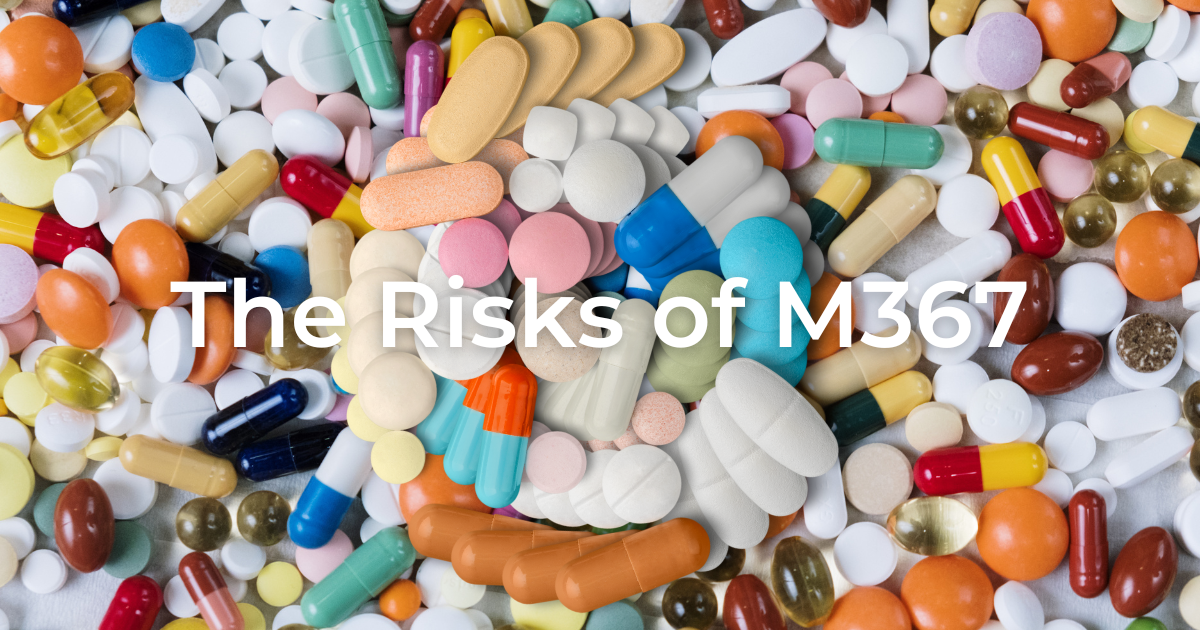Speedballing is when an individual abuses heroin and cocaine at once. The term might sound unfamiliar to many, but it represents a dangerous and life-threatening practice that has caught the attention of medical professionals and addiction recovery specialists alike. Despite speedballing having been a trend in the 1980s and 1990s, combining stimulants and opioids still happens today.
What is Speedballing?
Speedballing refers to the simultaneous or sequential use of cocaine (a stimulant) and heroin (a depressant), either injected together or one after another. Combining these two substances can create a unique and intense high, but it also brings a host of risks.
How a Combination Drug Like Speedball Works
Speedballing is a complex and dangerous practice that involves the simultaneous or sequential use of two very different substances: cocaine, a stimulant, and heroin, a depressant. Cocaine’s stimulant effects increase heart rate, blood pressure, and energy levels, providing a rush of euphoria and heightened alertness. Conversely, heroin’s impact as an opioid slows down the body’s functions, inducing a sense of calm, relaxation, and pleasure.
When used together, the stimulating effects of cocaine are thought to offset the sedative effects of heroin and vice versa, leading to an energizing and relaxing sensation. However, this balance is very precarious. The stimulant can mask some of the depressant’s effects, leading to an accidental overdose. This masking effect can cause the user to consume more of the depressant than they realize.
Additionally, the combination sends conflicting signals to the body due to the opposing effects of the drugs, leading to confusion in vital systems such as heart and respiratory functions. Finally, the unique combination of these two substances can create a specific addiction pathway in the brain, making the recovery process more complex and demanding.
5 Fast Facts About Speedballing
- John Belushi’s Tragic End: The actor and comedian John Belushi died from a speedball overdose in 1982. His death brought widespread attention to the dangers of combining stimulants and depressants.
- River Phoenix’s Overdose: Another celebrity victim of speedballing was actor River Phoenix, who collapsed and died outside the Viper Room nightclub in Los Angeles in 1993. The lethal combination of heroin and cocaine contributed to his death at 23.
- Increased Overdose Risk: Speedballing is particularly dangerous due to each drug’s masking effect on the other. The stimulant can mask the effects of the depressant, leading to an accidental overdose. This creates a higher risk of fatal overdose than using either drug alone.
- A Complex History: The term “speedball” originally referred to a combination of cocaine and morphine. Over time, the definition has evolved to include various combinations of stimulants and depressants, such as cocaine and heroin or methamphetamine and opioids.
- Treatment Challenges: Recovery from speedball addiction can be more complex due to the dual addiction to both a stimulant and a depressant. Specialized treatment programs that address both aspects of the addiction are often necessary for successful recovery.
The Effects of Speedballing
The effects of speedballing can be immediate and intense. Cocaine’s stimulant properties provide a rush of energy, euphoria, and increased alertness. Meanwhile, heroin’s depressant qualities can induce feelings of relaxation, calm, and pleasure. When combined, these effects may seem to balance each other out, leading to a unique sensation that is both energizing and relaxing. However, this precarious balance can lead to severe physical and psychological consequences.
The Risks Involved
Speedballing’s risks are profound and can lead to fatal outcomes. Some of the risks include:
- Heart Issues: Cocaine increases heart rate and blood pressure, while heroin does the opposite. The combination can confuse the heart and lead to cardiac arrest.
- Respiratory Failure: Heroin suppresses the respiratory system, and cocaine’s stimulating effects may mask this suppression, leading to respiratory failure without warning.
- Addiction and Dependence: Both cocaine and heroin are highly addictive, and their combination can create a powerful addiction that is challenging to overcome.
- Mental Health Problems: Chronic speedballing can lead to anxiety, paranoia, and other mental health issues.
Understanding the Appeal of Speedballing
Speedballing, despite its well-known risks and life-threatening consequences, continues to be a practice that attracts some individuals. The appeal can be attributed to several factors:
- Unique Sensation: The combination of a stimulant (cocaine) and depressant (heroin) creates a unique and intense high that cannot be achieved by using either substance alone. The simultaneous feeling of euphoria and relaxation is often described as both invigorating and soothing.
- Social Influence and Peer Pressure: Within certain subcultures or social groups, the use of speedballing may be seen as a status symbol or a shared experience that binds the group together. Peer pressure can play a significant role in driving individuals to try speedballing, even if they understand the risks.
- Escaping Reality: Some individuals may turn to speedballing as a way to escape pain, stress, or traumatic experiences. The powerful combination of drugs can momentarily distract from underlying problems, though it ultimately exacerbates them.
- Availability: The availability of both cocaine and heroin in some areas may make the practice of speedballing more accessible.
Symptoms of Speedball Use
Recognizing the signs and symptoms of speedball use can be critical in identifying a problem early and seeking professional help. Some common symptoms include:
- Physical Signs: Track marks from injections, frequent nosebleeds (if snorted), dilated or constricted pupils, erratic movements, and changes in sleep patterns.
- Behavioral Changes: Increased secrecy, withdrawal from friends and family, unexplained financial difficulties, and a sudden change in social circles.
- Psychological Symptoms: Mood swings, anxiety, paranoia, hallucinations, and a preoccupation with obtaining and using the drugs.
- Health Problems: Weight loss, frequent illness, respiratory issues, and heart complications.
These symptoms may vary between individuals and can be subtle, making vigilance and awareness essential in identifying and addressing speedball use.
Finding Help and Recovery
If you or someone you know is struggling with an addiction involving speedball/speedballing, immediate professional help is essential. The road to recovery may seem daunting, but with the right treatment and support, it is achievable.
Landmark Recovery offers personalized, evidence-based treatment plans tailored to the individual’s unique situation. Our team of skilled professionals is dedicated to helping individuals overcome addiction and embark on a journey toward a healthier, more fulfilling life.
Call Landmark Recovery at 888-448-0302 today if you need help.
Don’t wait for the situation to escalate. Reach out to Landmark Recovery today at 888-448-0302 and take the first step toward recovery. Our compassionate team is here to guide you through every stage of the process, offering hope, support, and a new beginning.

Choose Recovery Over Addiction
We're here 24/7 to help you get the care you need to live life on your terms, without drugs or alcohol. Talk to our recovery specialists today and learn about our integrated treatment programs.




